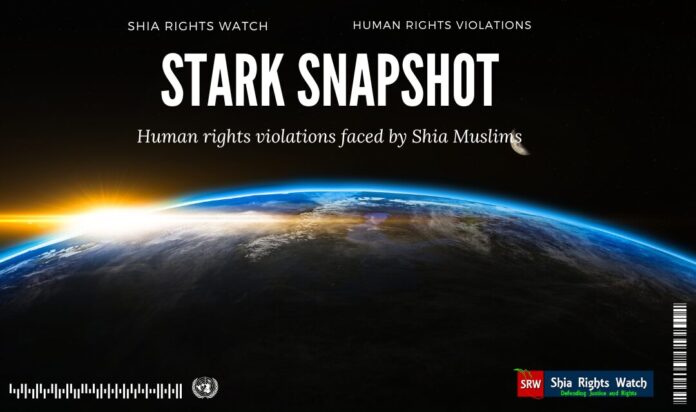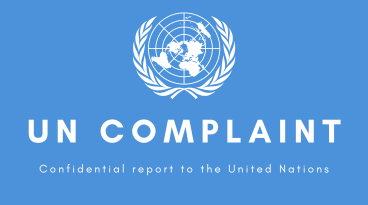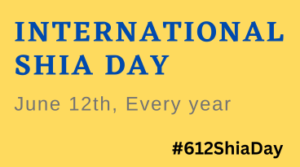Shia Rights Watch has released its monthly report, presenting a disturbing overview of the human rights violations endured by Shia Muslims from January 1 to February 1, 2024. This report details a series of terrorist attacks, arbitrary arrests, and systemic repression in various countries, highlighting the urgent need for international intervention to protect this vulnerable community. This analysis delves into the key incidents documented by Shia Rights Watch, underscoring the severity and breadth of these violations.
Iran: Devastating Bombing in Kerman
The report begins with a harrowing account of a double terrorist bombing in Kerman, Iran, on January 3. This attack resulted in over 100 deaths and 200 injuries, marking one of the most lethal incidents within the reporting period. The sheer scale of this atrocity underscores the persistent threat faced by Shia Muslims in regions plagued by extremist violence. This bombing not only caused immediate loss of life and injury but also instilled a deep sense of fear and insecurity within the Shia community in Iran.
Afghanistan: Targeted Attacks in Kabul and Herat
In Afghanistan, Shia Muslims continue to be prime targets for terrorist groups. On January 7, an explosive device planted inside a bus in Kabul’s Dasht-e-Barchi area killed two and injured fourteen. This was followed by another bombing on January 9 in Herat, where a roadside bomb targeting a bus of Shia students killed two and injured five. These attacks, concentrated in Shia-populated areas, illustrate the calculated efforts of extremist groups to disrupt and terrorize Shia communities, particularly students and civilians.
Pakistan: Sectarian Violence in Mamund
The report highlights a brutal attack in northern Pakistan’s Mamund area on January 10. An explosive device planted by terrorists killed five people and injured twenty-two. This incident is part of a broader pattern of sectarian violence in Pakistan, where Shia Muslims frequently face targeted attacks. The high casualty figures from this single attack highlight the deadly impact of sectarian terrorism in the region.
Bahrain: Systematic Repression and Arbitrary Arrests
Bahrain’s section of the report reveals a troubling pattern of arbitrary arrests and repression against Shia individuals. Starting from January 1, the report documents the arrest of Muslim Aqeel Habib from Sitra, followed by the arbitrary summoning of six elderly individuals for questioning. Subsequent arrests include young men from Bilad Al-Qadeem, minors from Sanabis and Sitra, and another young man from Al-Mussalla. These arrests reflect a systematic effort by Bahraini authorities to intimidate and silence the Shia population, particularly targeting youth and community leaders.
Kuwait: Foiled Terrorist Attack Plots
In Kuwait, the report documents a significant security operation on January 25, where authorities arrested three terrorists planning attacks on Shia Hussainiyas and mosques. This successful intervention highlights the ongoing threat posed by extremist groups in Kuwait and the critical importance of proactive security measures to protect Shia places of worship and gatherings.
Syria: Attacks on Shia Pilgrims
The report details an alarming attack on Shia pilgrim convoys in Syria on January 28. Extremist groups in the town of Al-Hari, near the Al-Bukamal border with Iraq, targeted convoys heading to the shrine of Sayyida Zainab, resulting in multiple injuries and the destruction of several buses. This attack underscores the heightened risks faced by Shia pilgrims in conflict zones, where extremist groups exploit instability to carry out sectarian violence.
Iraq: Persistent Threats from ISIS
In Iraq, the threat from ISIS remains significant, as highlighted by several incidents. On January 6, ISIS attacked the Zarka area in Salahuddin, killing two and injuring three. Another bombing in Diyala on January 9 injured two people, and an ISIS attack in Baiji on January 14 killed three and injured two. These incidents reflect the ongoing danger posed by ISIS, particularly to Shia communities in Iraq’s contested regions.
Conclusion: A Call to Action
The Shia Rights Watch report provides a comprehensive and disturbing snapshot of the human rights violations faced by Shia Muslims. From large-scale terrorist attacks to systematic repression and arbitrary arrests, the documented incidents underscore a pervasive pattern of persecution. Shia Rights Watch’s meticulous documentation is crucial for raising awareness and mobilizing international efforts to address these injustices. The global community must urgently respond to these violations, advocating for the protection and rights of Shia Muslims and striving to achieve justice and equality.








